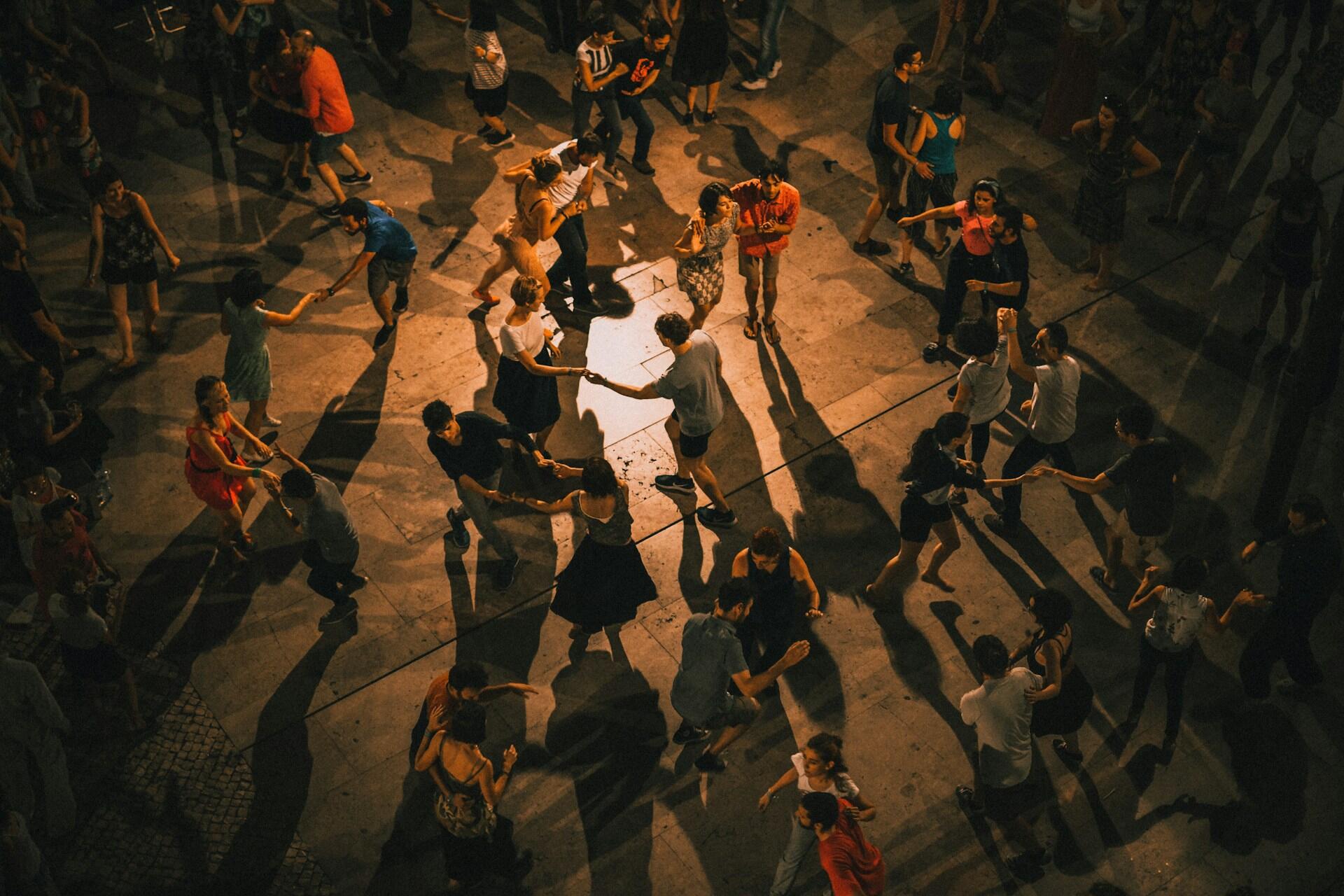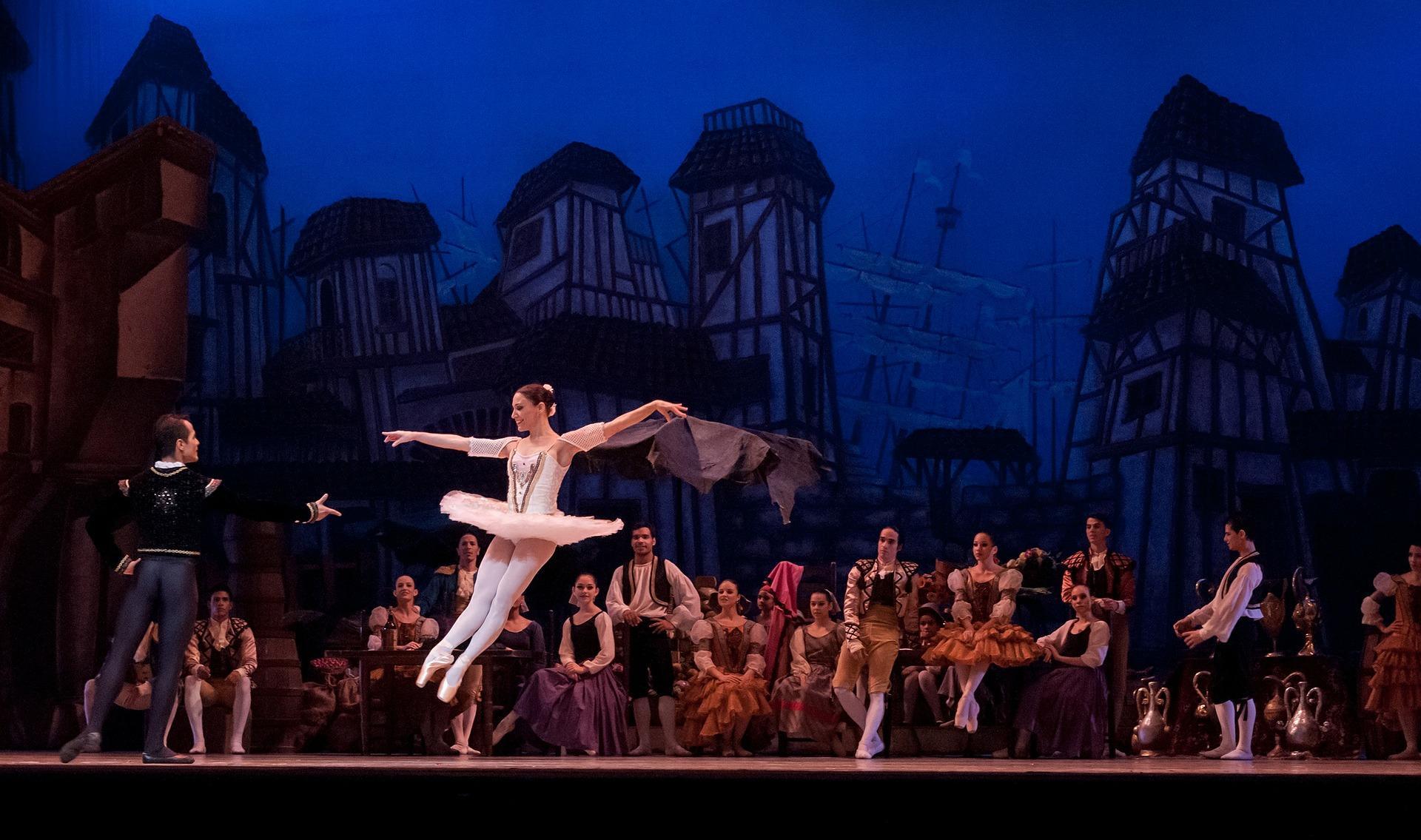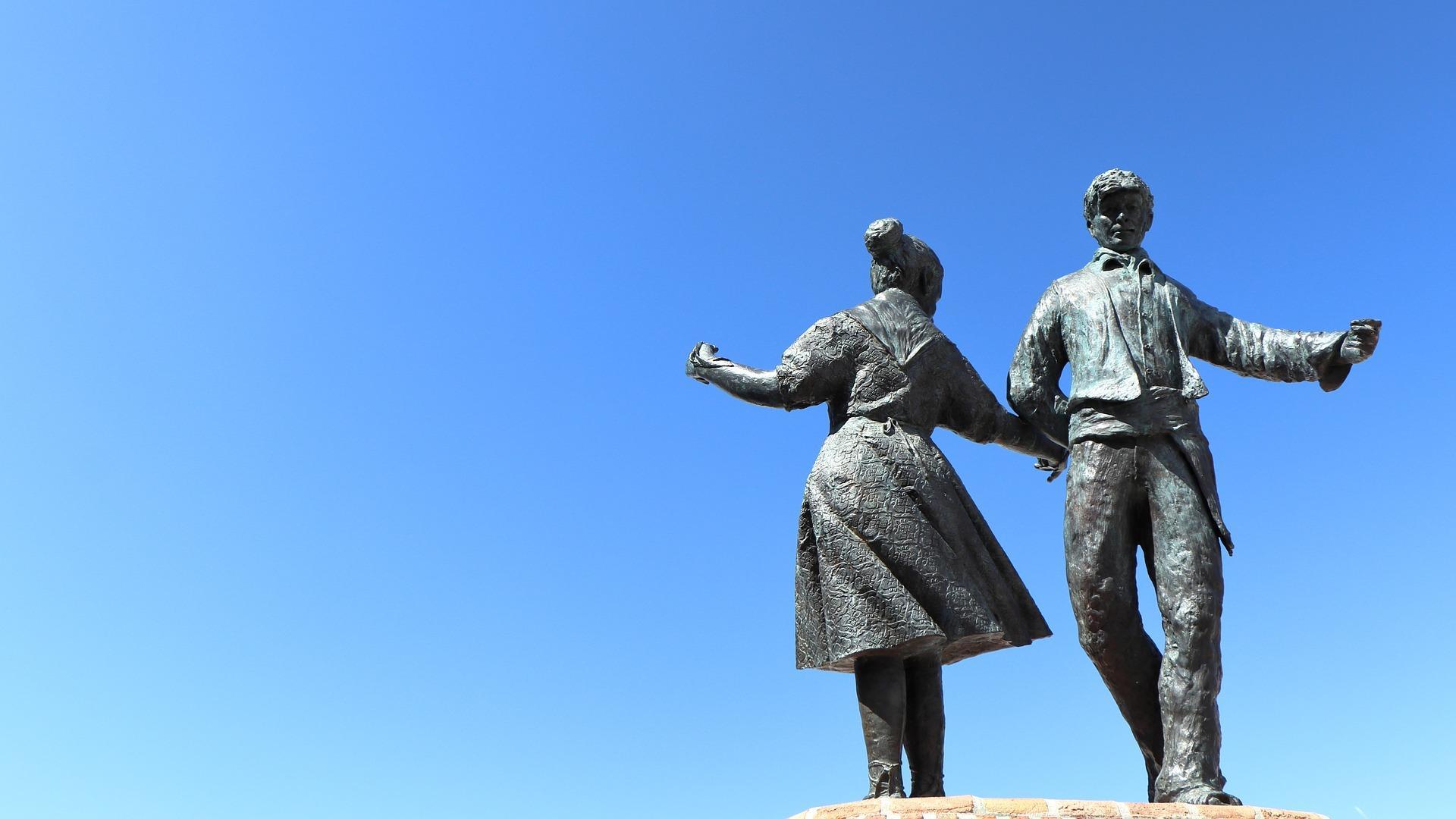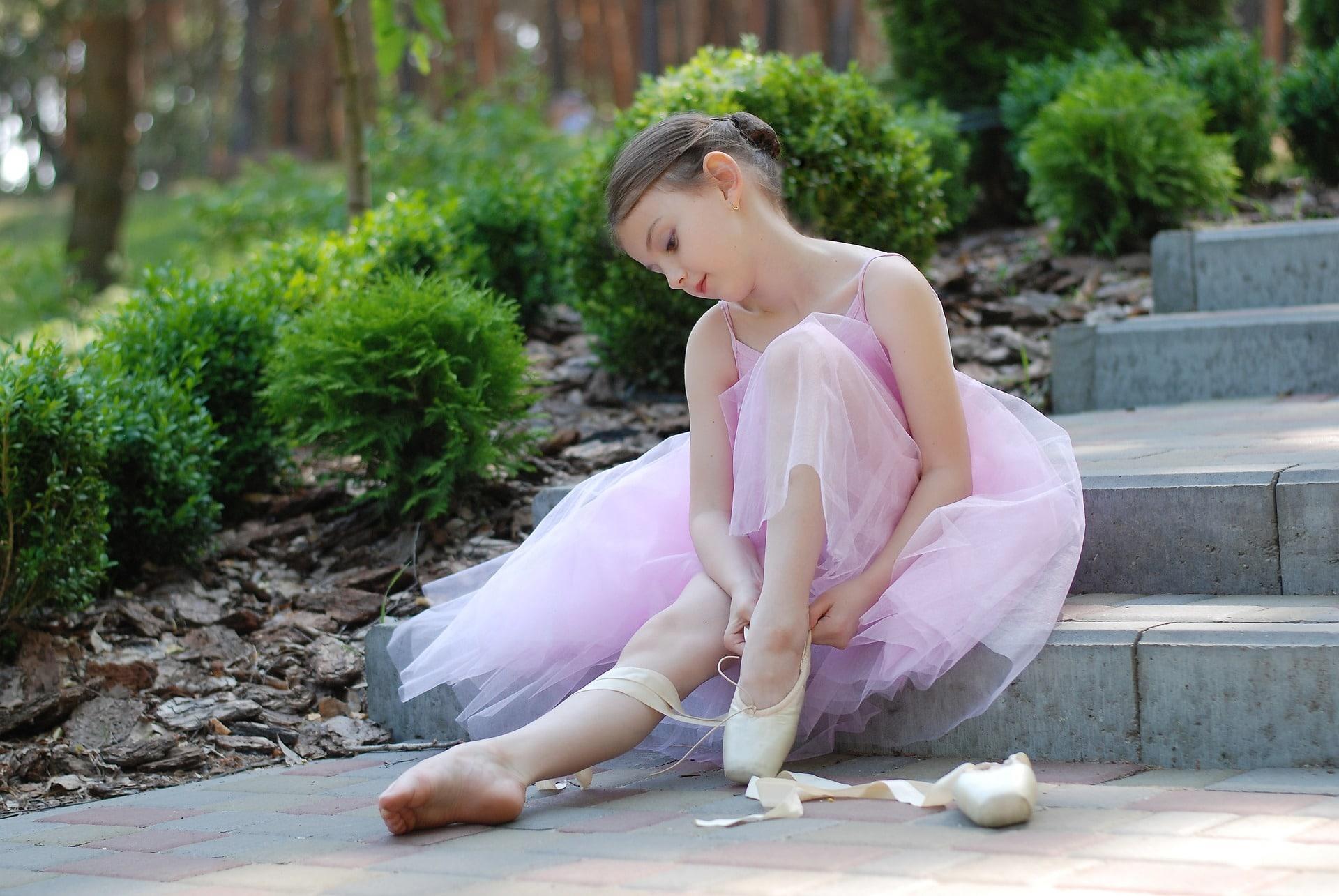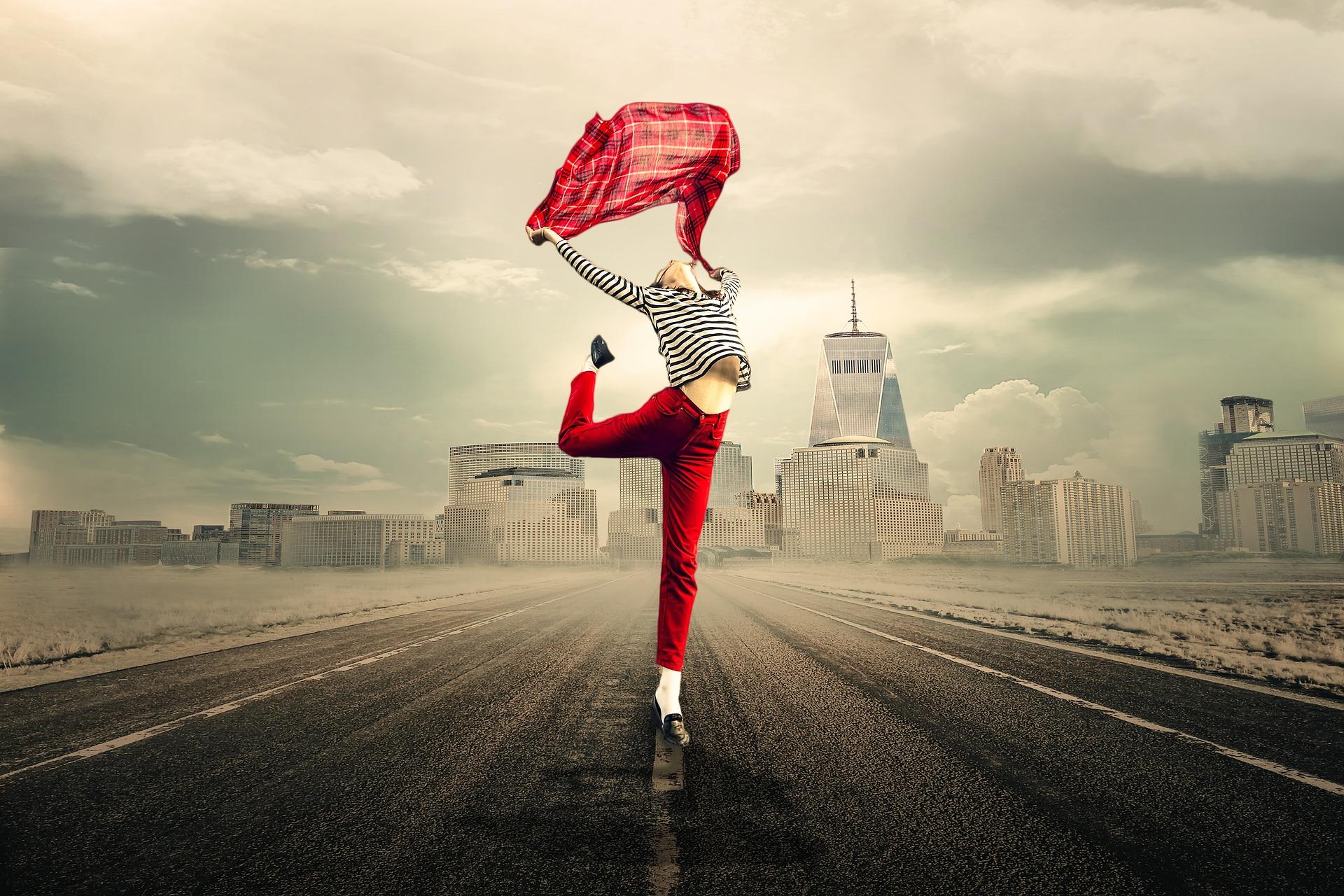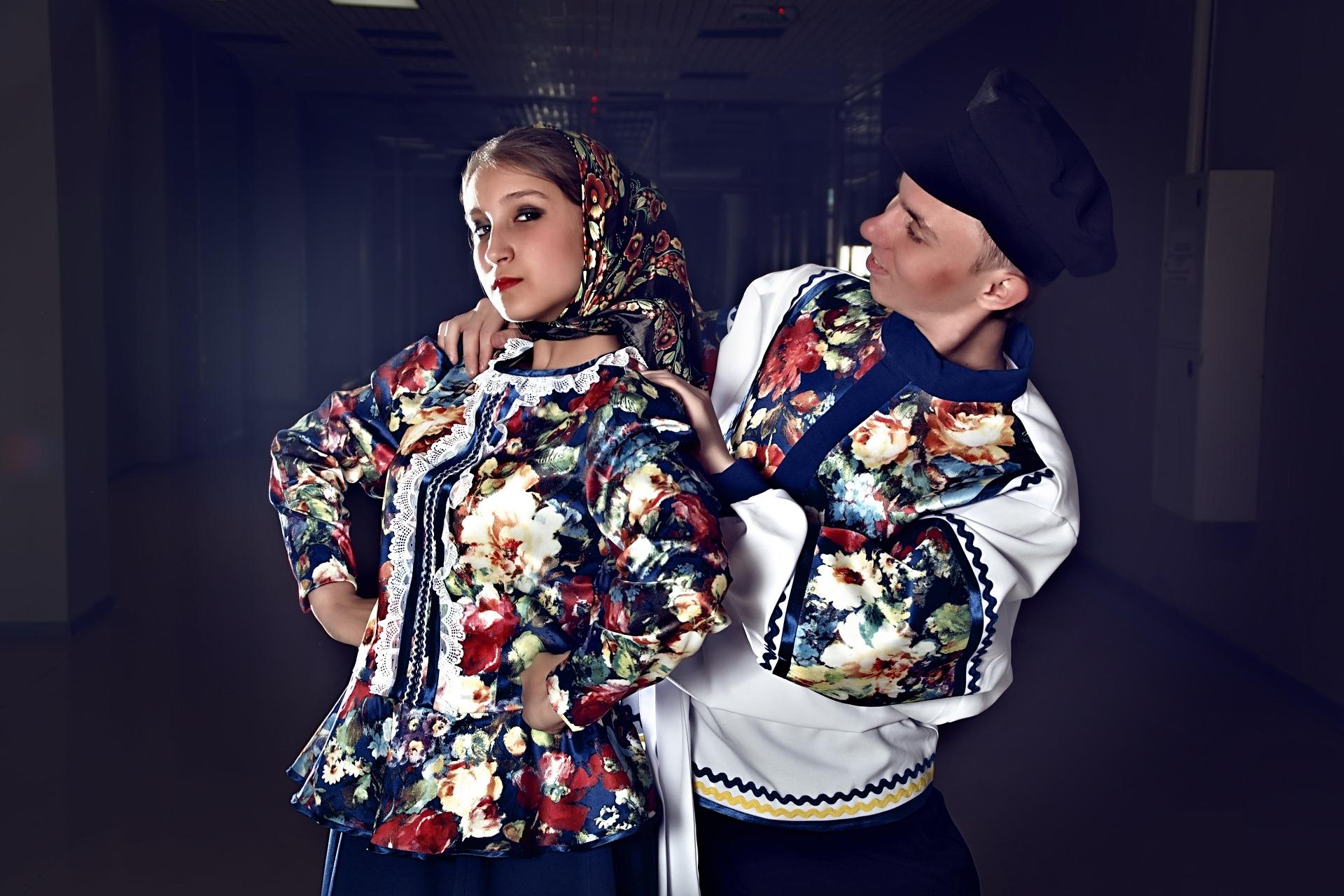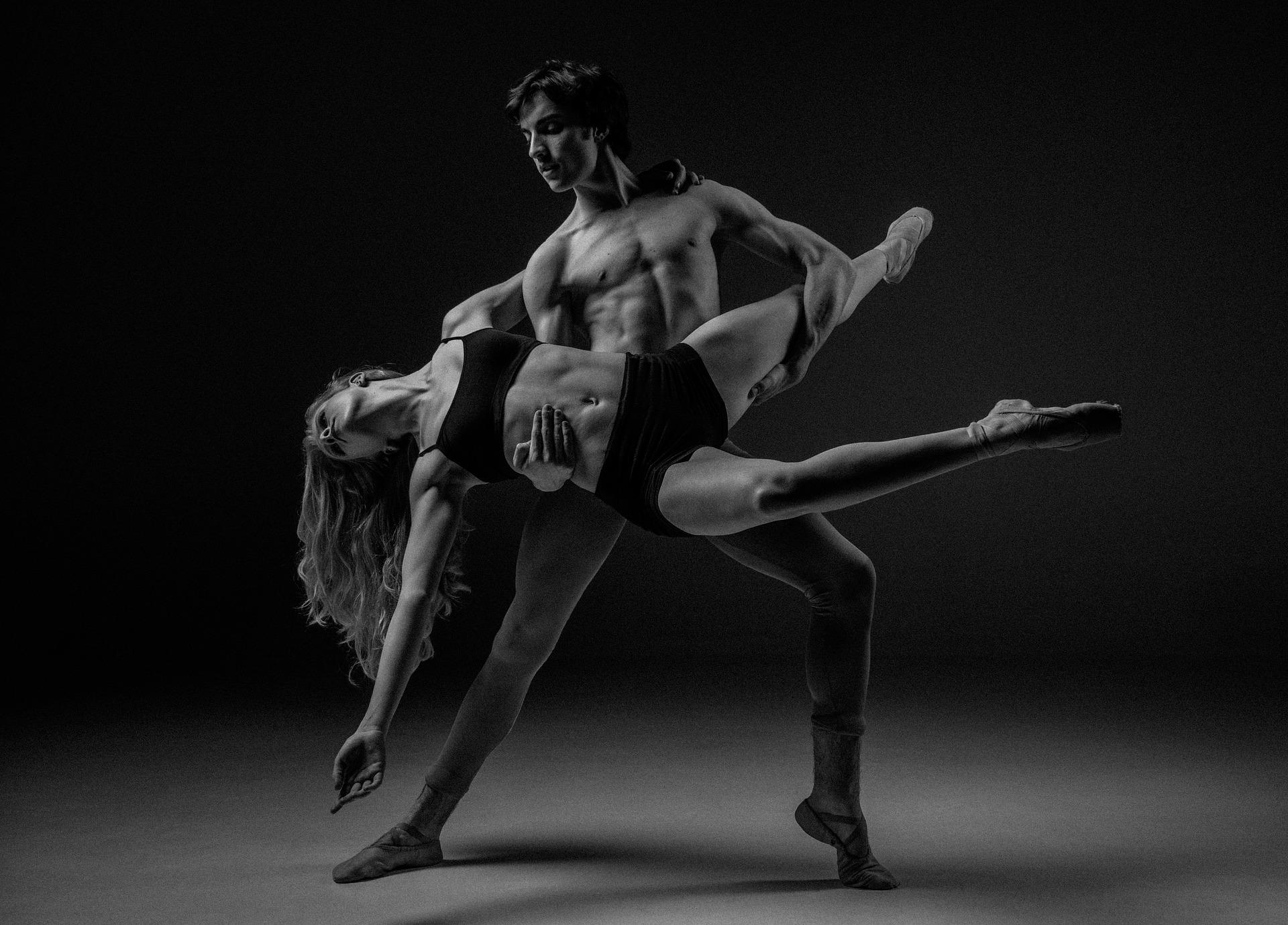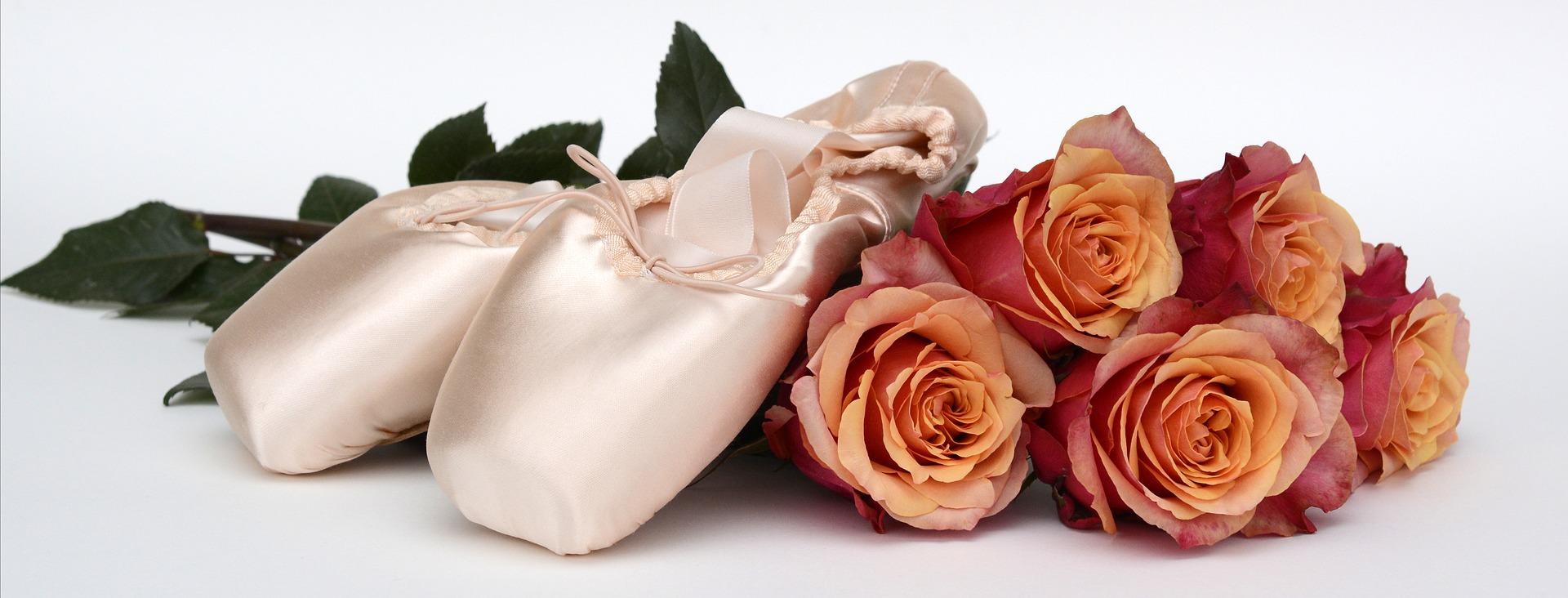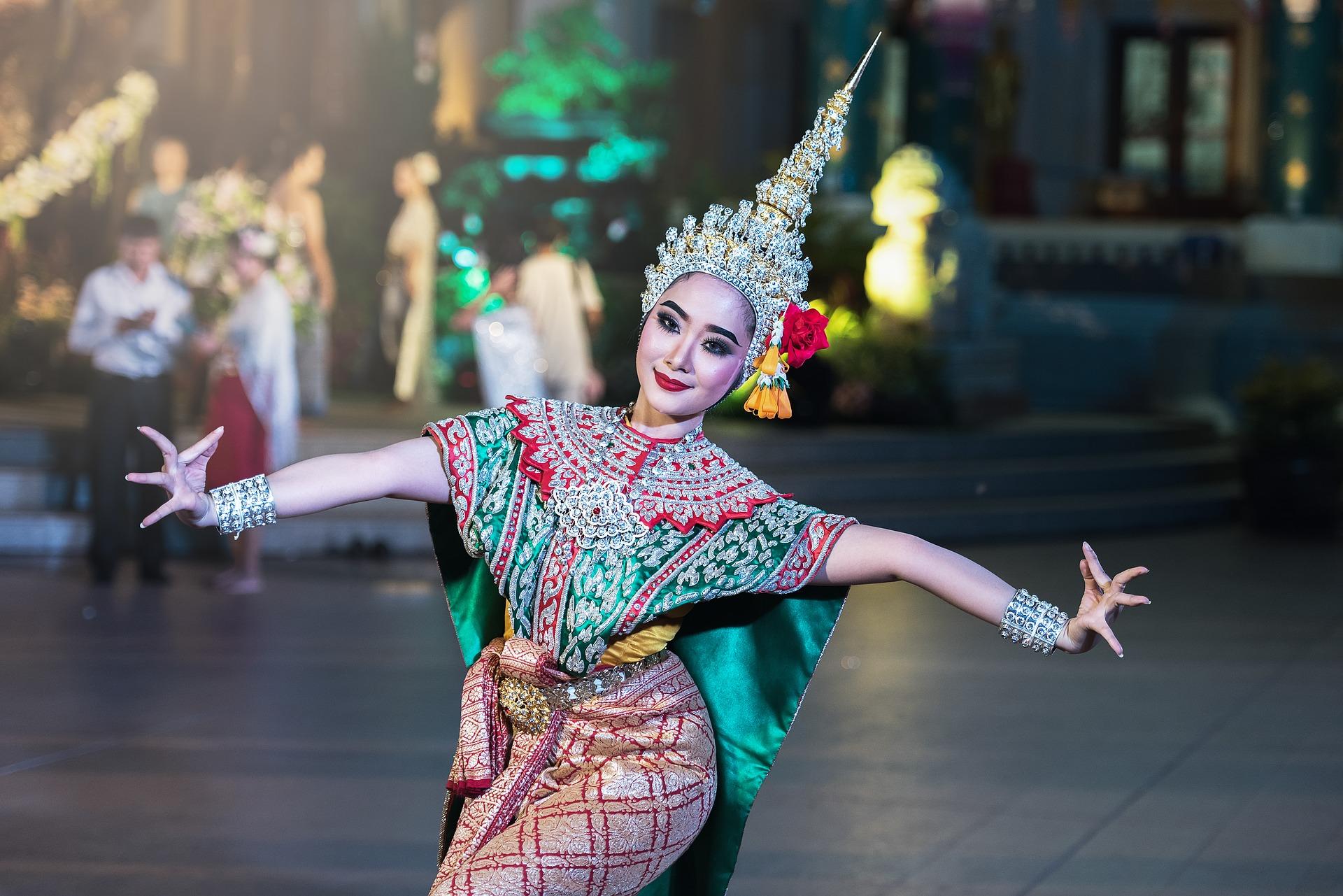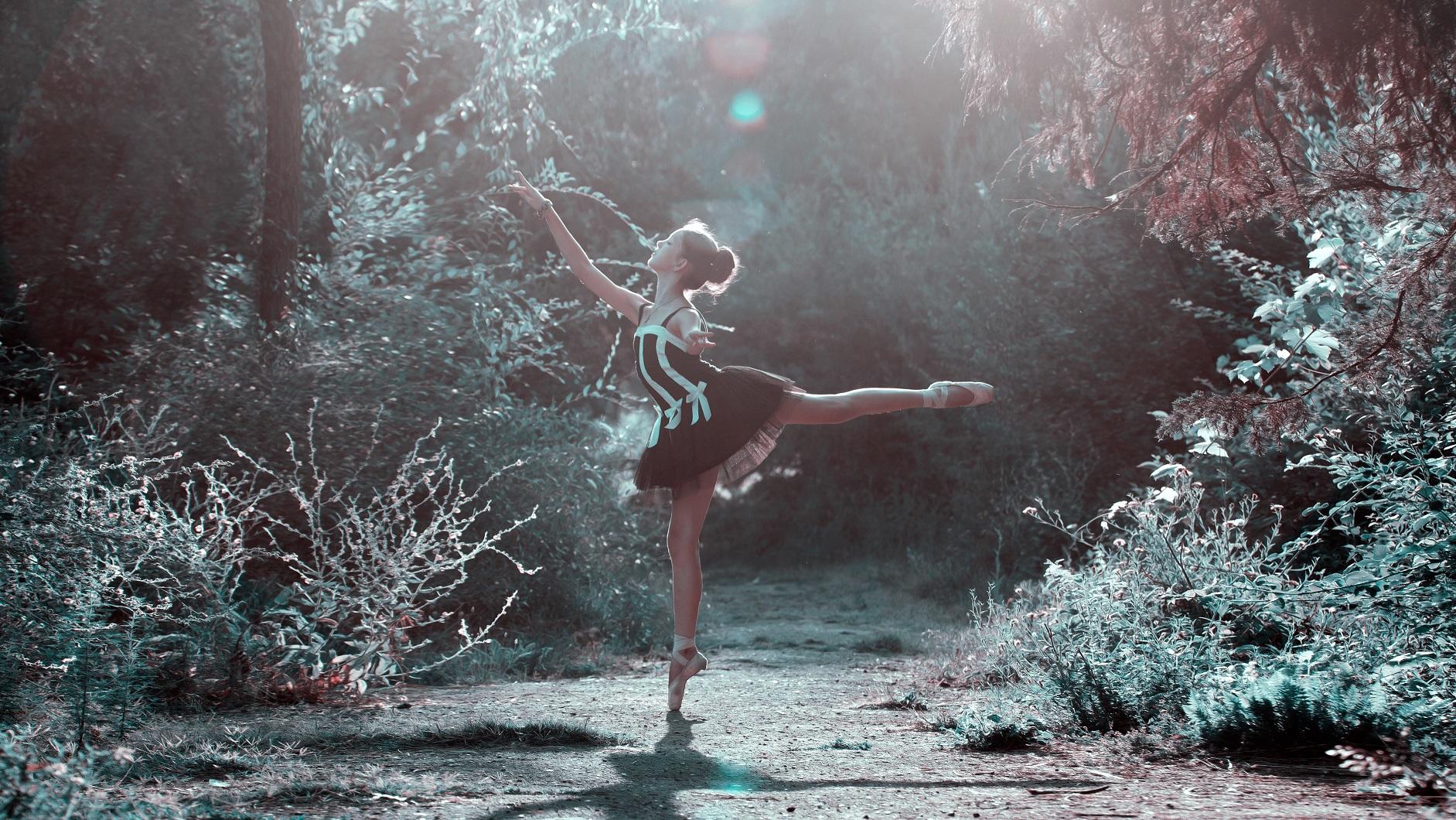Dancing is one of the oldest forms of human expression. Seamlessly blending movement, music, and culture, it's one of our most unique art forms. Whether you're interested in ballet, Latin rhythms, or street moves, here, we'll explore the different types of dance and how they're great for your creativity, fitness, and social life. We'll explore the origins of each style, what makes them unique, and how you can get started with them.

Health, Social, and Cultural Benefits of Dancing
Dancing is so much more than a hobby. This full-body activity can improve your health, strengthen social bonds, and connect us to cultural traditions. Dance is great for building stamina, flexibility, balance, and coordination. Dancing is also a great chance to meet new people, work with partners, and share experiences across generations. Culturally, each type of dancing has its own story. Whether it's the elegance of ballroom, the storytelling of contemporary, or the communities built around folk dances.
Scientific studies show that dancing combines aerobic exercise with mental challenges, such as memorising steps and staying in rhythm. This unique blend strengthens neural connections, enhances memory, and reduces the risk of cognitive decline later in life.
Dancing is also linked to improved memory, reduced stress, and a better mood. It releases endorphins and provides an outlet for self-expression. Whether you join a class, dance socially, or practise at home, there are plenty of benefits to dancing regardless of the style you choose.
reported an improved mood, alongside increased confidence and compassion
How to Learn Dance for Free or on a Budget
Dancing doesn't have to be an expensive hobby (though it can become one). Professional instruction can speed up the process, but there are ways to get started without incurring significant costs. Free online tutorials, community dance groups, and local cultural events are great ways to get started.
YouTube channels offer step-by-step guidance on a wide range of topics, from hip-hop basics to ballroom footwork. Community centres host affordable or donation-based dance sessions. The most important thing is to dance regularly.
of users say the site is important for learning how to do things they've never done before.
You can also practise dancing with your friends at home. Create a small practice space and build coordination and rhythm in a low-pressure environment. As you gain confidence, you could move onto group classes or private lessons.
Rock and Roll
Rock and roll dancing emerged in the 1950s alongside the rise of rock music. This is a lively partner dance with kicks, spins, and fast-paced footwork. The biggest appeal is that beginners can pick up the basics of four-count rock. Rock and roll dancing is enjoyed in social halls, competitions, and retro festivals, making it a timeless choice for those who love energy and flair.
Urban Dance
Urban dance is a broad term that encompasses various street dance styles. This can include hip-hop, breaking, locking, popping, and shuffle or voguing. Most styles originated in the United States in the 1970s and 1080s. They're great for self-expression and continue to evolve in line with pop culture. Whether you’re learning in a studio, at a club, or through online tutorials, urban dancing remains one of the most dynamic ways to stand out on the dance floor.
Salsa
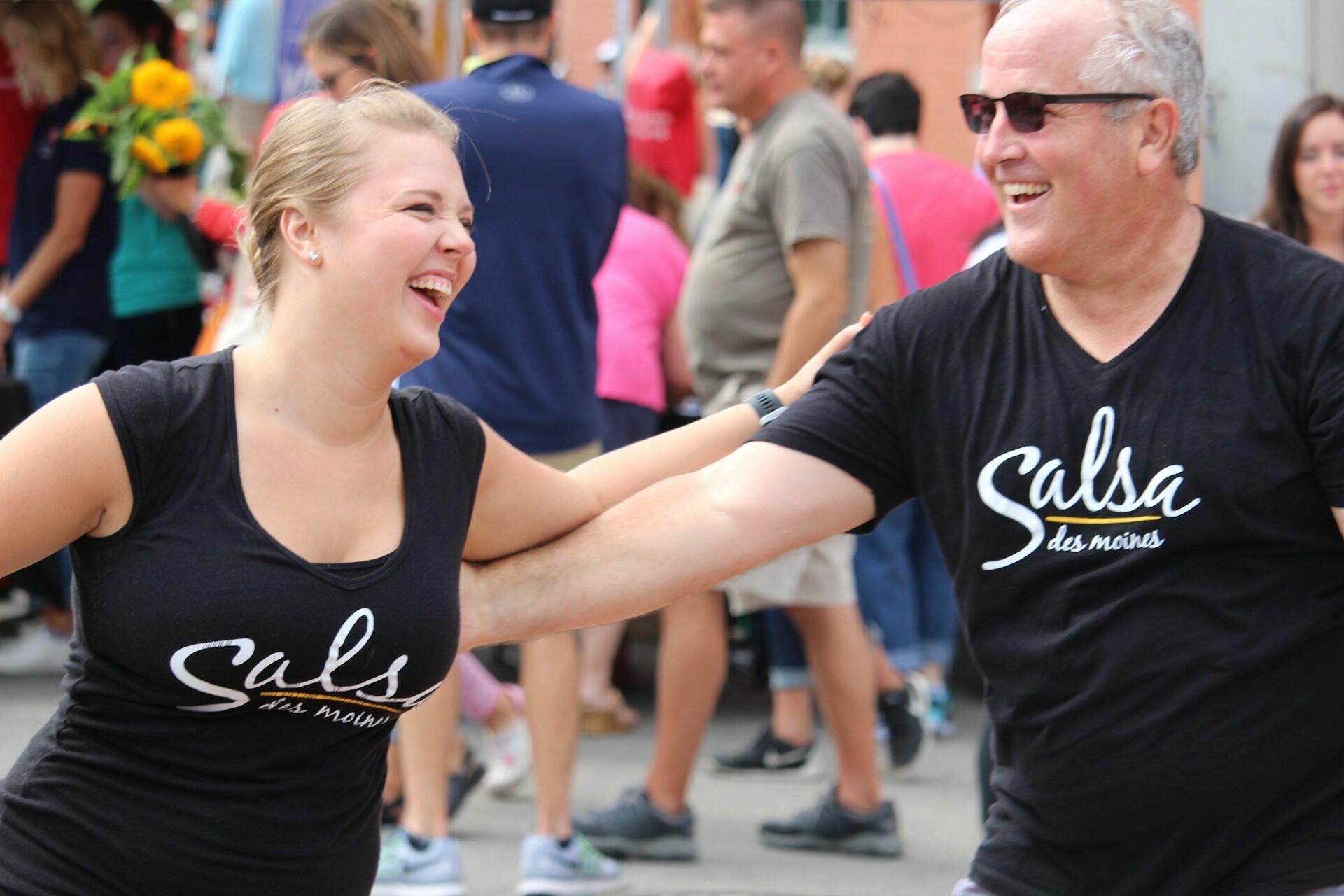
Salsa is one of the world's most recognisable Latin dances. It's famous for quick footwork, and spins. It emerged from Cuban and Puerto Rican dance traditions in the mid-20th century, evolving from dances such as the mambo and cha-cha. Nowadays, Salsa is danced everywhere. With so many styles like Cuban, LA, and New York Salsa, dancers can explore endless variations. For those ready to embrace the rhythm, learning Salsa is a gateway to music, movement, and community.

Tap Dance
Tap dance is a reasonably unique dance style where the performers are part-dancer, part-musician. Influenced by African and Irish step dancing, it developed in 19th-century America, with Hollywood musicals in the 1920s to the 1940s, helping popularise it. If you want to try a percussive form of dance that sharpens your musicality, check out these tips for starting tap dancing.

of New Zealand adults engage in dance (e.g. ballet, hip-hop, etc.) in their active recreation routines.
Ballroom Dancing
Ballroom dancing originated in Europe in the 18th and 19th centuries and quickly became popular for social gatherings. From there, it evolved into a competitive sport. Ballroom includes a range of dances from Waltz and Tango to Jive and Foxtrot. Its popularity has increased with shows like Strictly Come Dancing/Dancing with the Stars. With numerous local studios offering ballroom dance lessons, it's a graceful way to develop posture, rhythm, and coordination.
Scientific findings highlight dance as a particularly effective stress reducer, often outperforming many gym-based workouts. One international study published in Psychology of Sport & Exercise reports that dancing not only lowers anxiety, restlessness, heart rate, blood pressure, and cortisol (the stress hormone), but also boosts “feel‑good” hormones such as endorphins and oxytocin.
Contemporary Dance
Contemporary dance became popular in the mid-20th century, when it diverged from classical dance forms such as ballet. It combines elements like modern, jazz, and folk traditions. It's known for its expressive movements, floor work, and storytelling through movement. Contemporary dancing encourages fluidity and experimentation. If you want to explore dance as a form of emotional and artistic expression, consider discovering contemporary dance and its various forms.
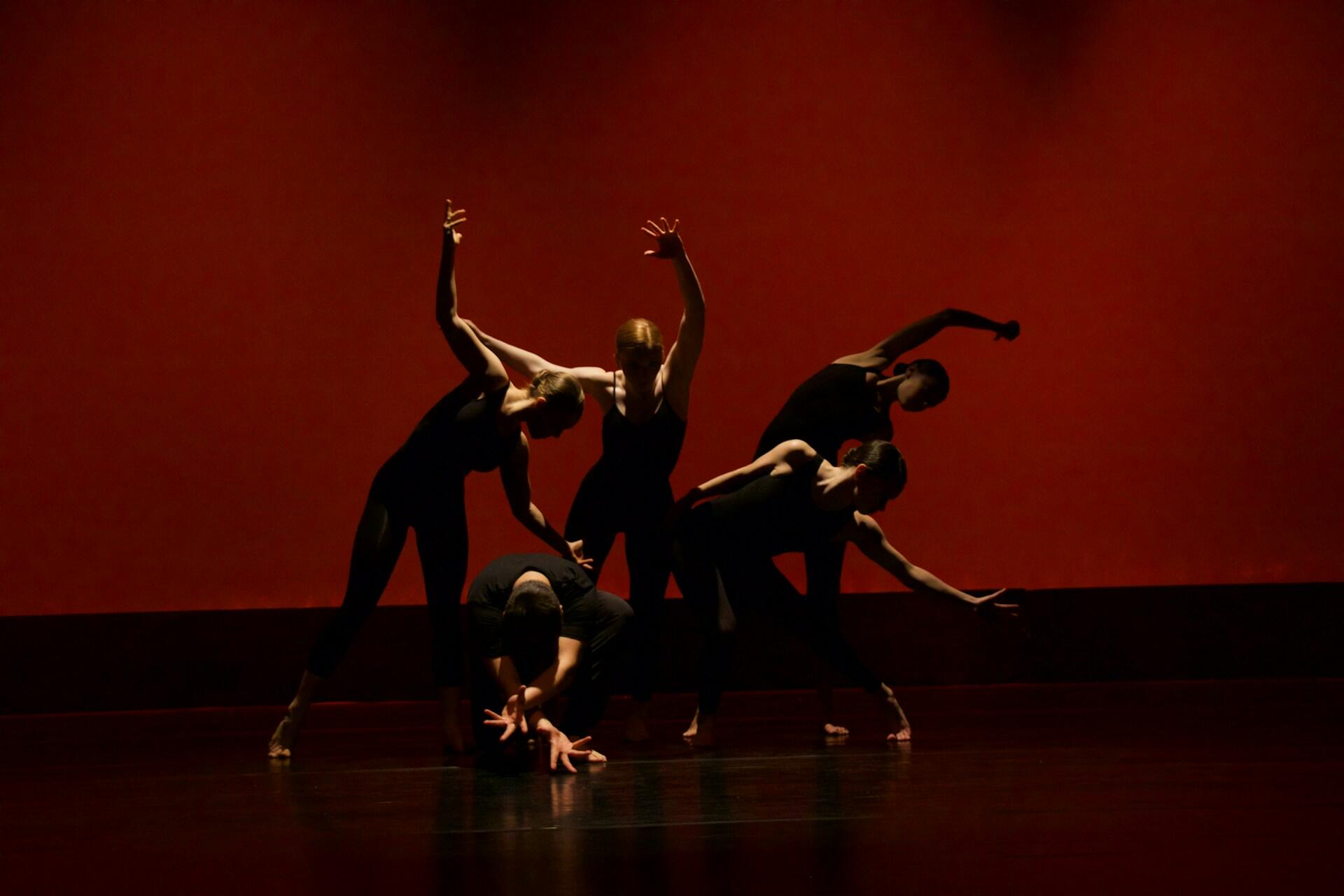
Other Popular Types of Dances from Around the World
In addition to the styles highlighted here, there are numerous others found around the world. From the folk dances that connect communities to the cha-cha, Waltz, and other Latin or ballroom styles, there's a type of dancing for everyone.
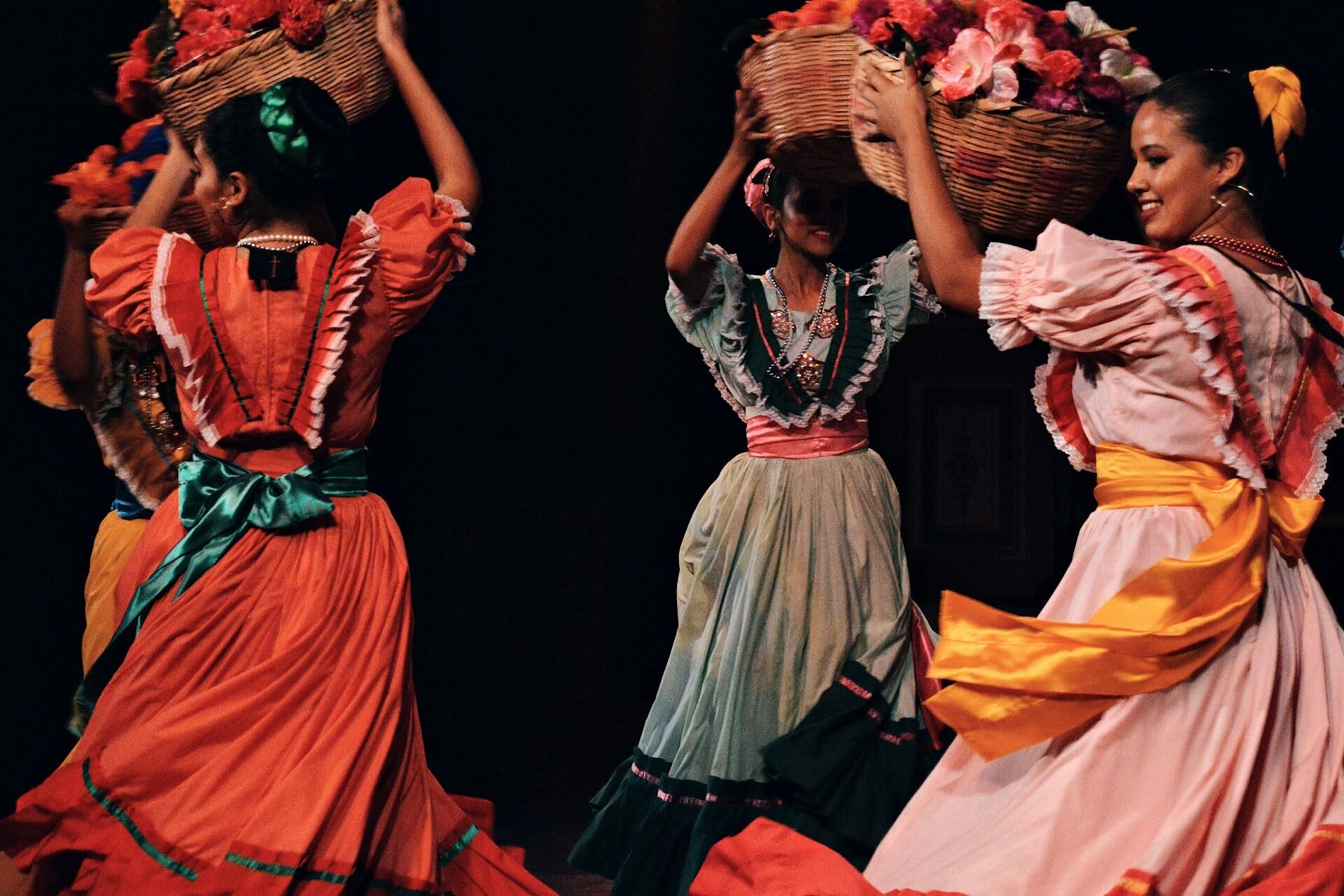
Tips for Choosing the Best Dance Style for You
So which style should you choose? With so many, it's not an easy question to answer. Before you can even start tackling it, ask yourself the following:
- If you want an energetic, social experience, Salsa or Rock and Roll are great.
- Looking for a creative outlet and narrative? Contemporary offers depth and storytelling.
- Prefer structured, elegant movement? Ballroom provides technique and tradition.
- Love freestyle and street culture? Urban dance delivers improvisation and edge.
Learning Environments: Classes, Studios, and Online Options
There are more ways than ever to get into dancing in New Zealand. If you're looking for flexibility, consider working with a private tutor who can tailor each session to your needs and what you want to learn. On Superprof, many tutors offer the first session for free, allowing you to try a few out before choosing the right one for you, your preferred learning style, and your budget.
🩰 Studios and Schools
Provide in-person feedback, social interaction, and performance opportunities.
💻 Online Options
Flexible scheduling, access to global teachers, and often more affordable.
✅ Best Approach
Combine both. Use studios for technique and group energy, while supplementing with online tutorials for practice and variety.

